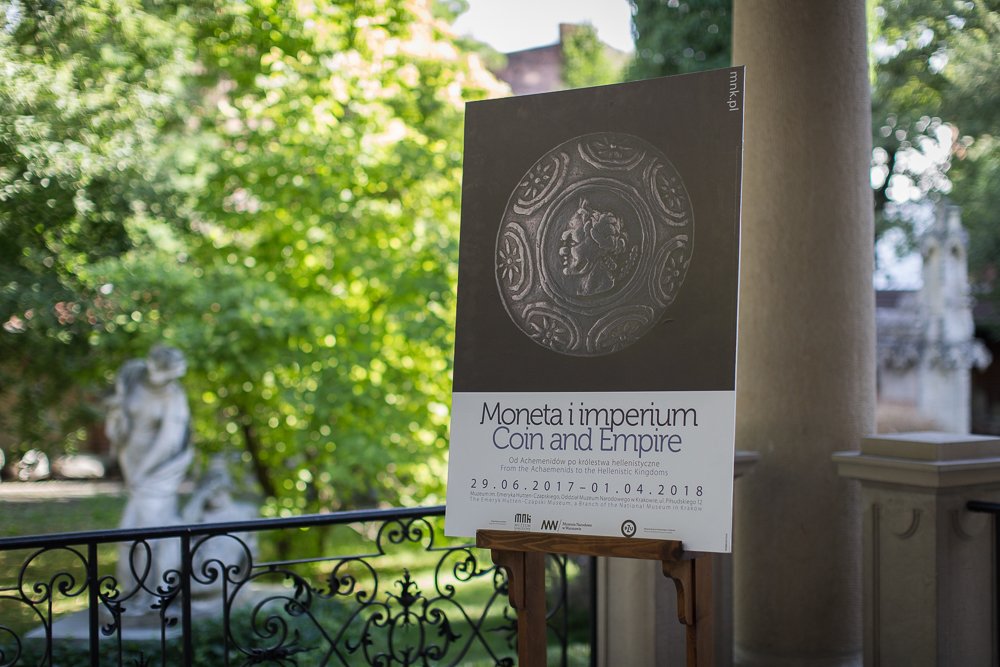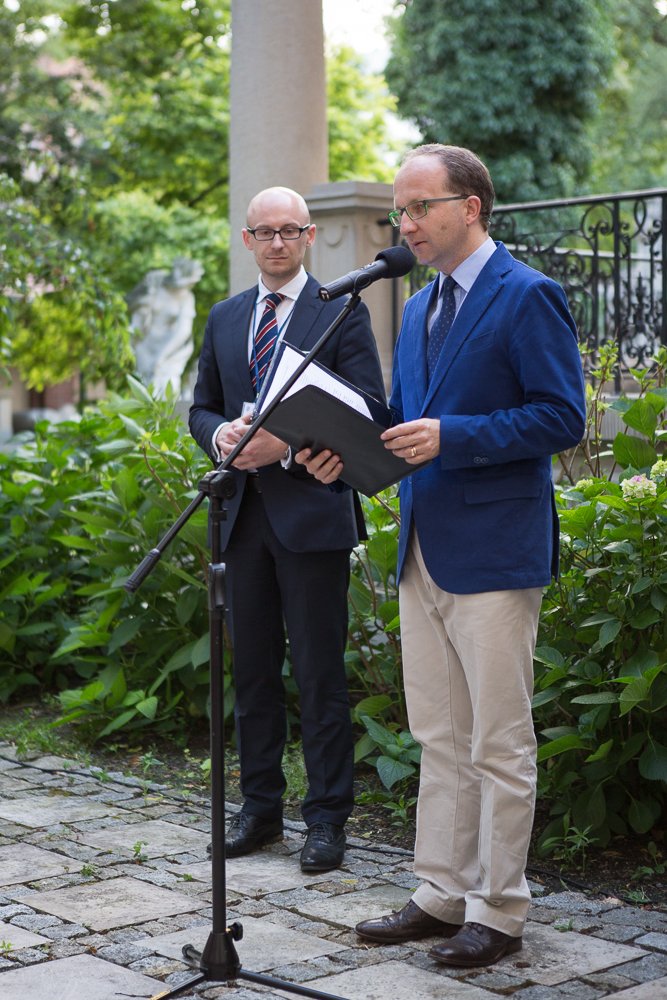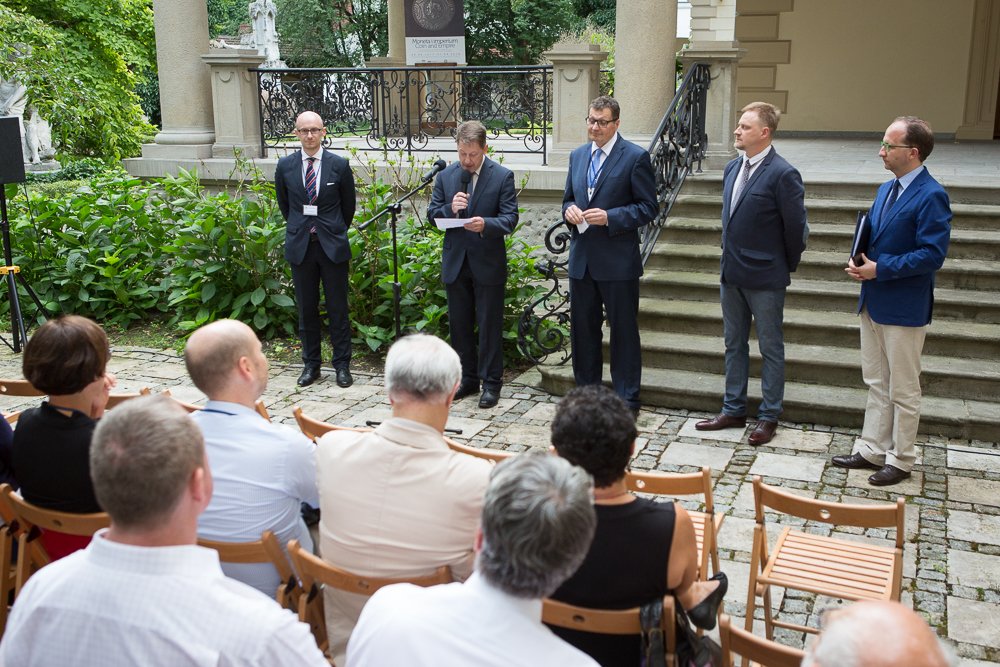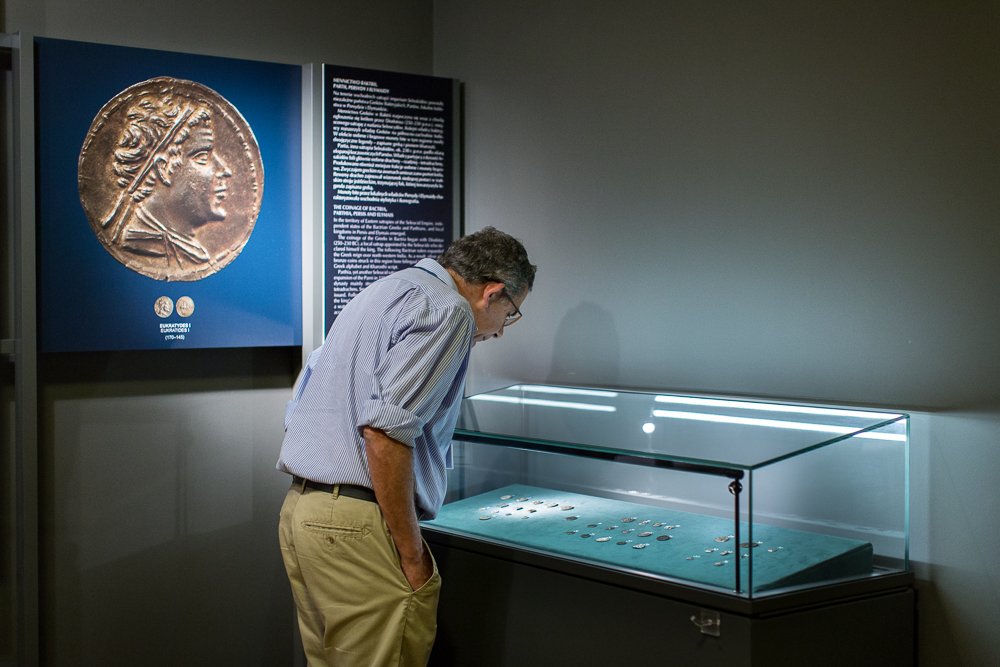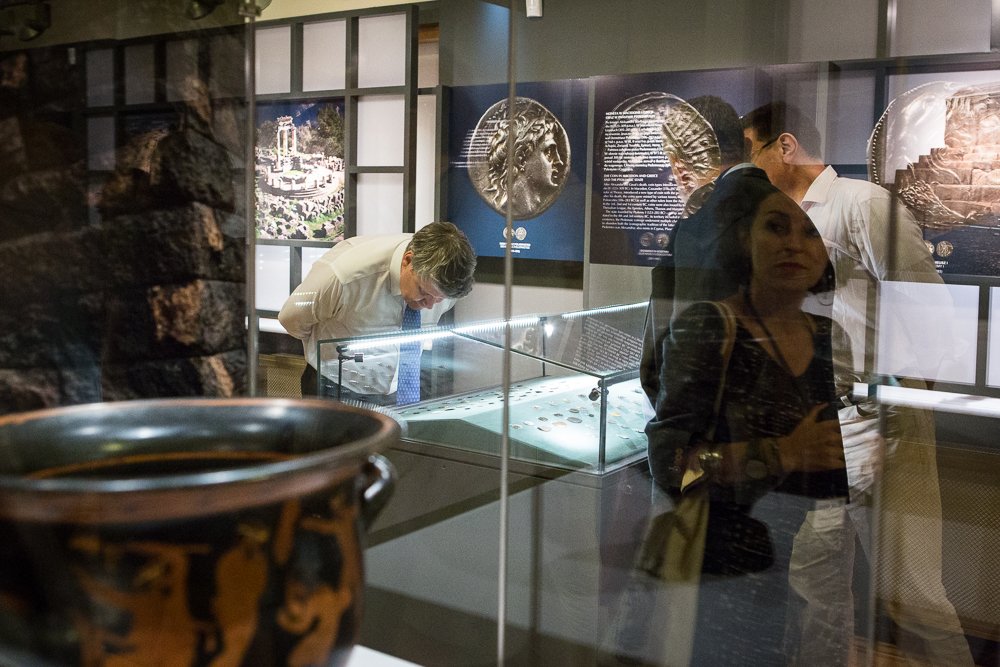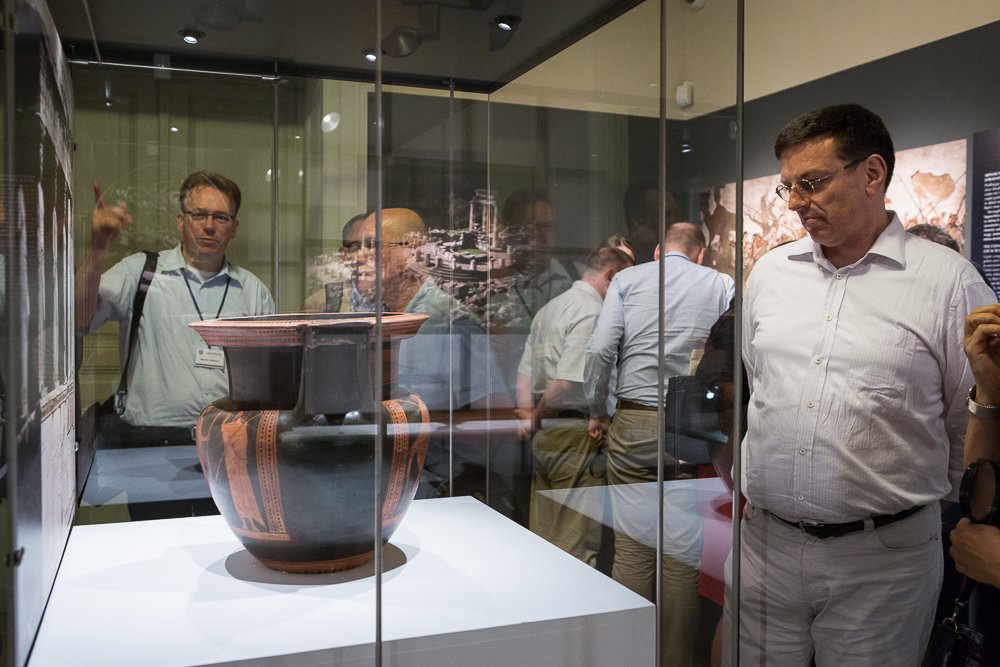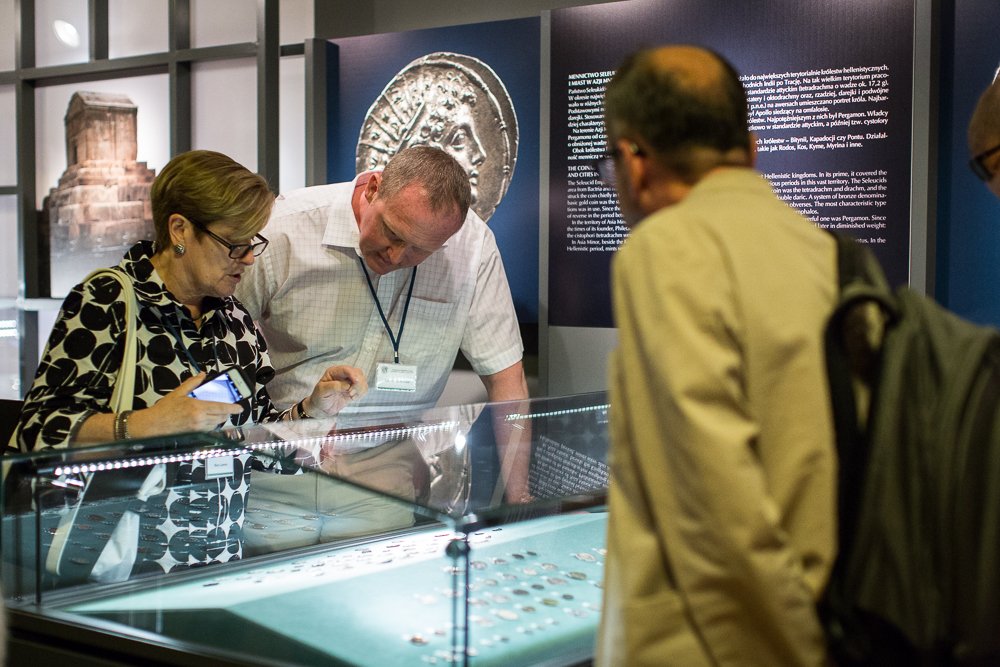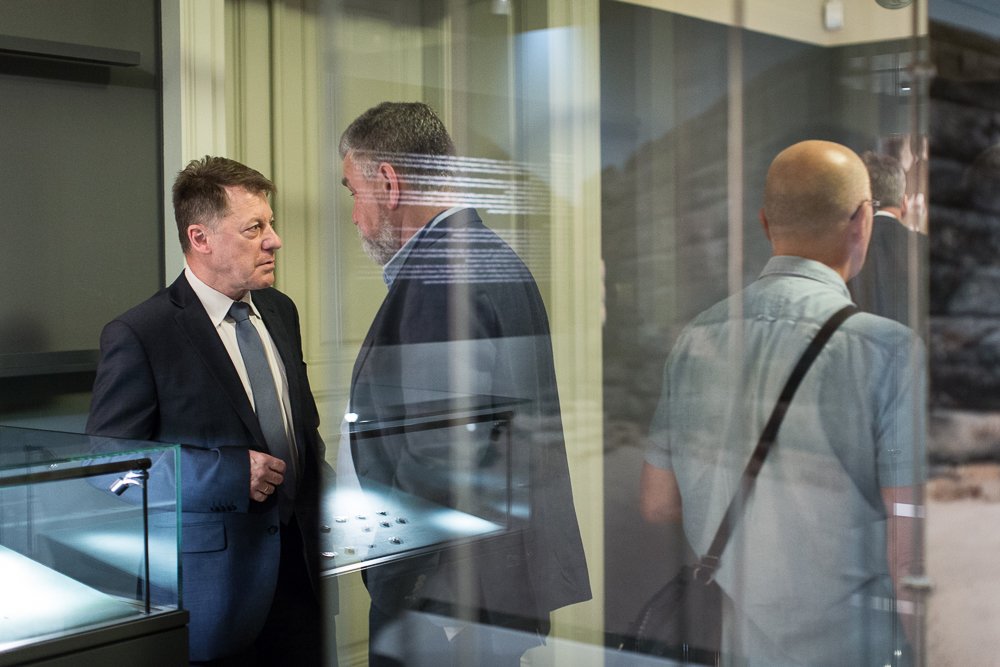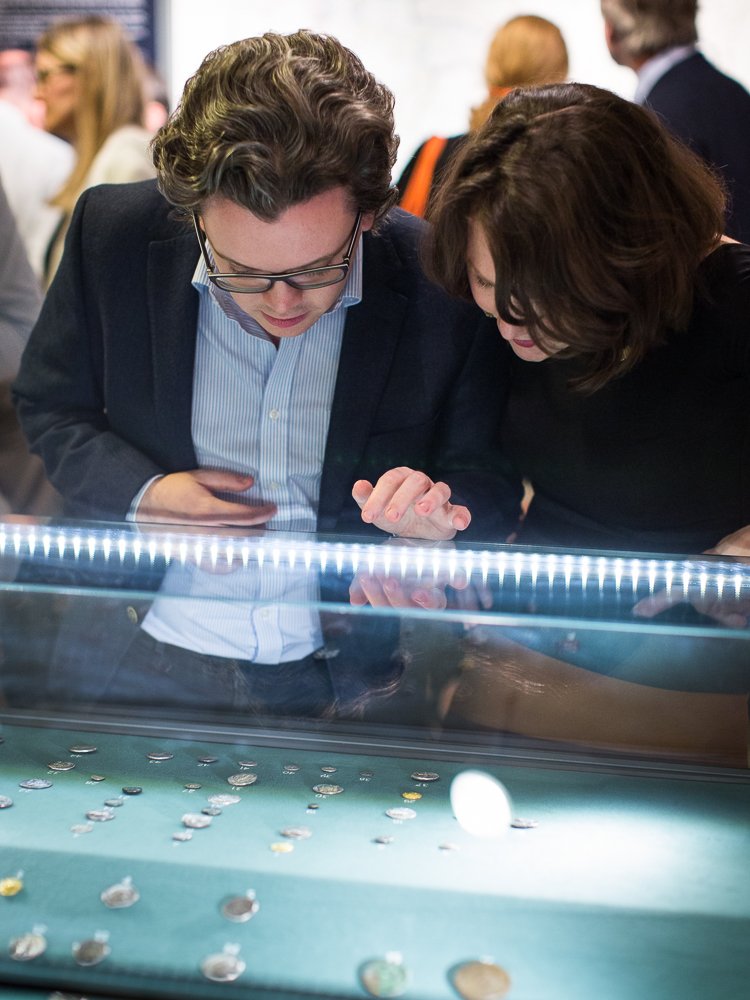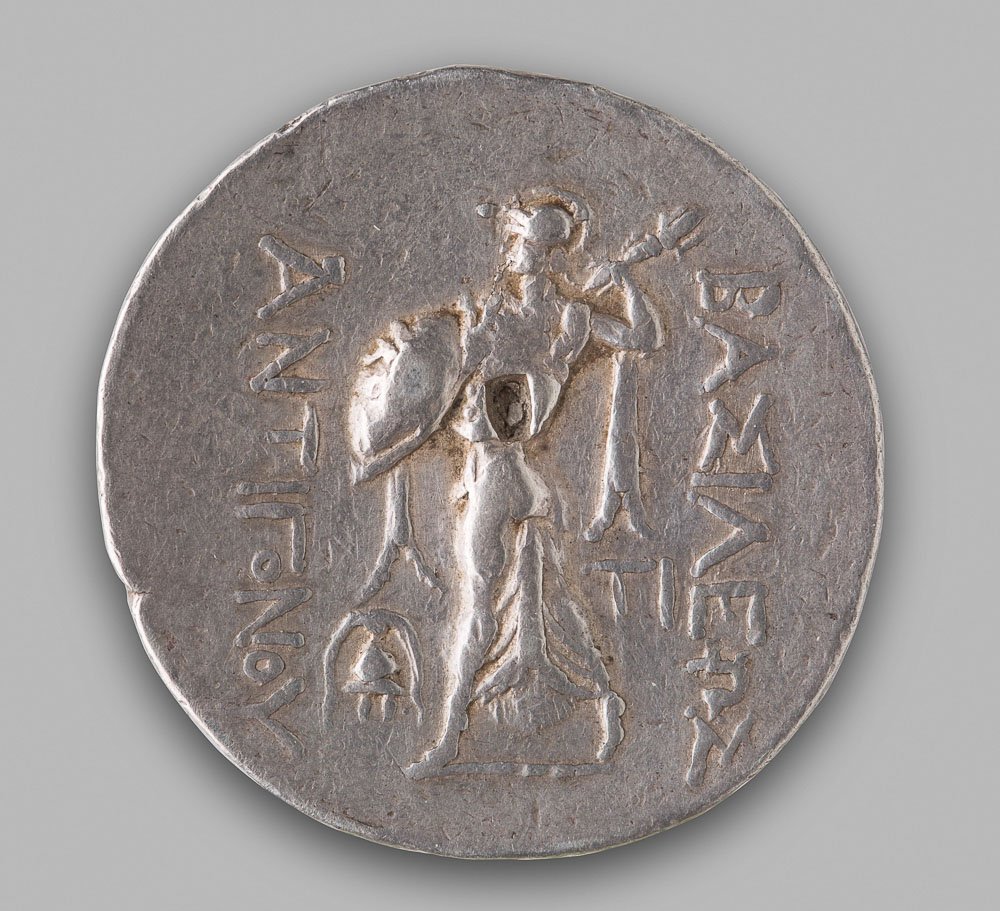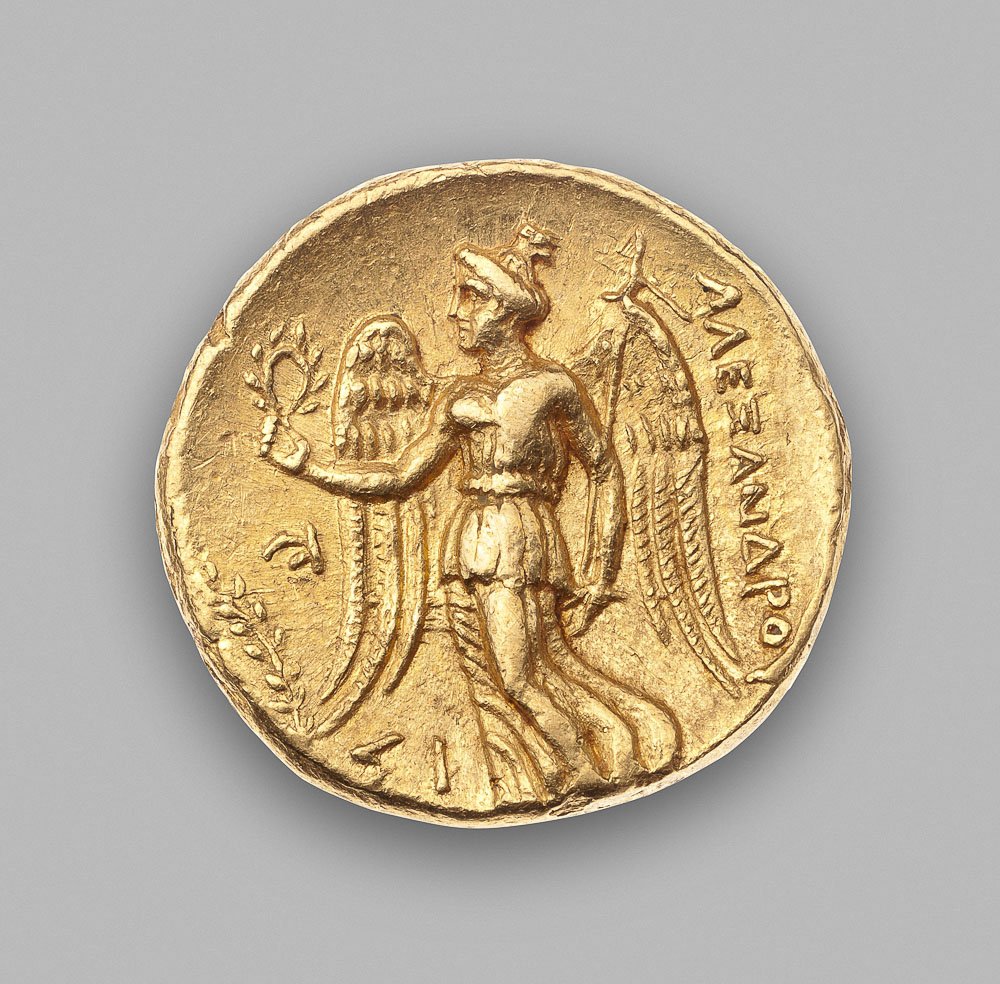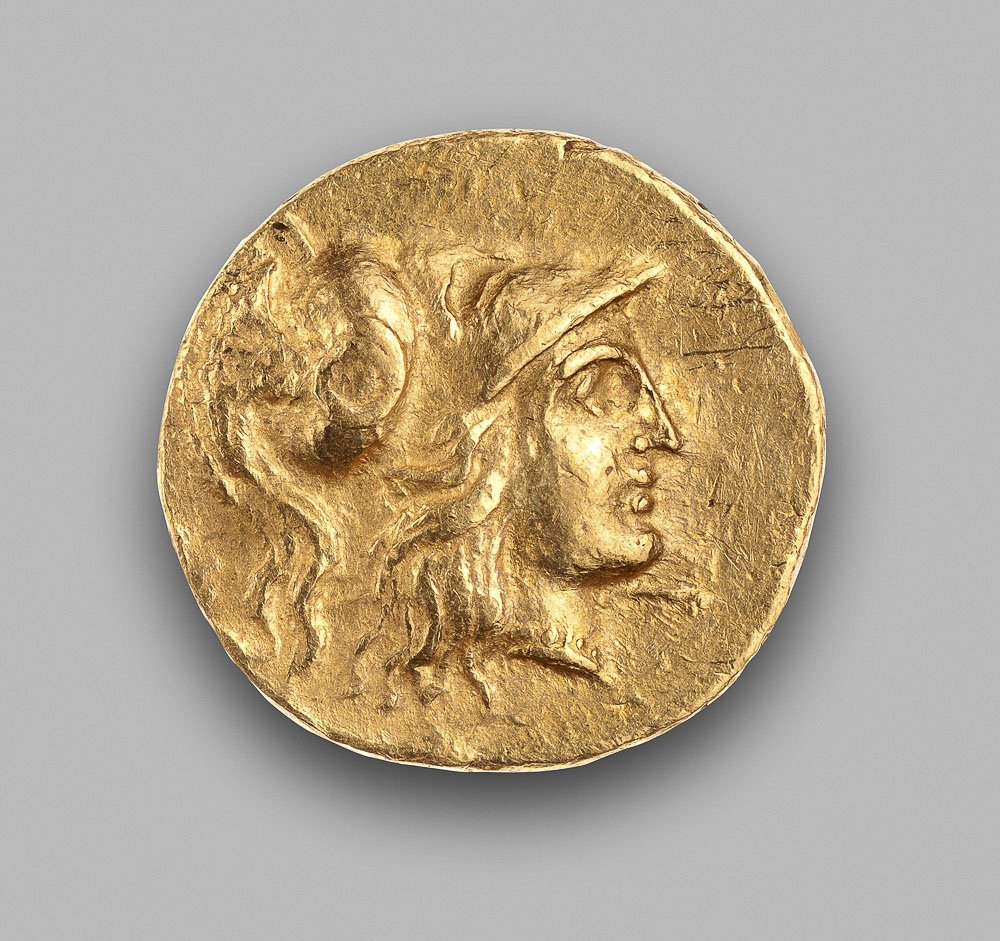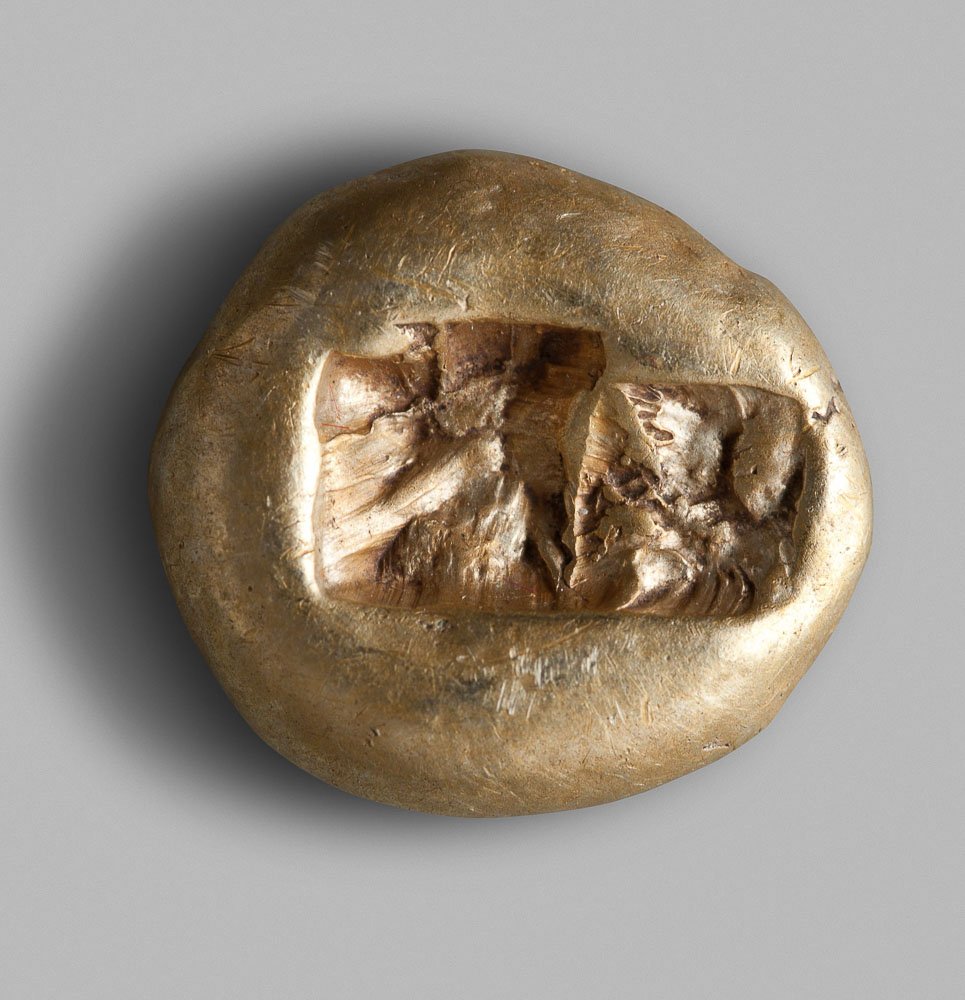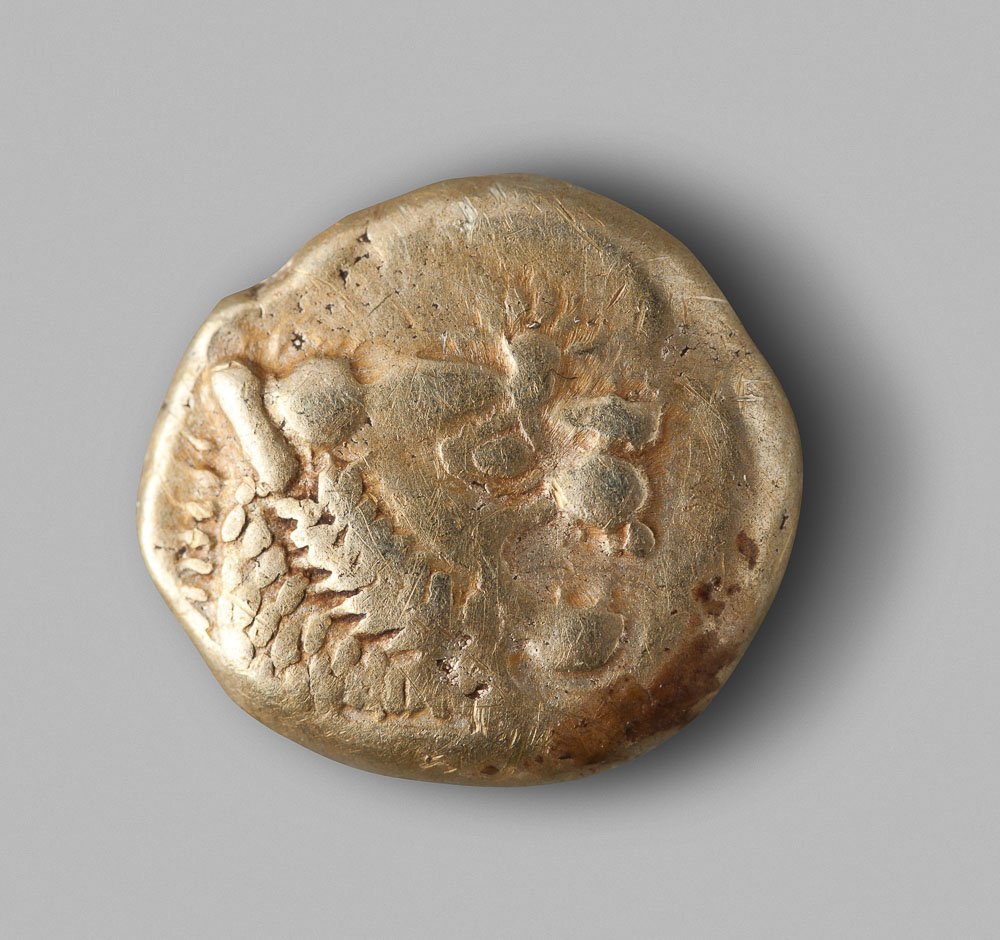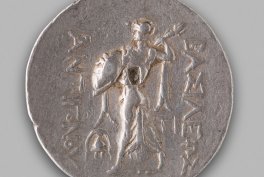Coin and Empire. From the Achaemenids to the Hellenistic Kingdoms
29.06.2017-01.04.2018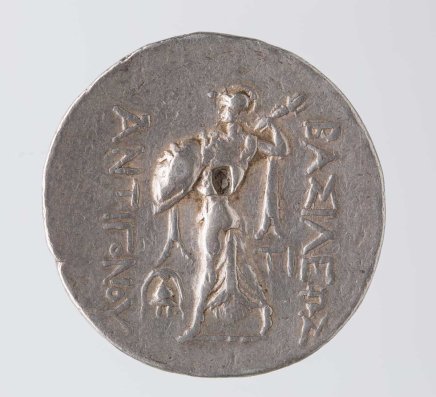
The Lydians, a people occupying western Anatolia, may have been the first to mint coins, not later than the third quarter of the 7th century BC. The practice of production and use of coins was promptly borrowed by the Greeks, who spread it in the Mediterranean world.
After their conquest of Lydia, Persians adopted it, too. The earliest coins were minted of electrum, an alloy of gold and silver. Gold and silver coins were first issued by the king of Lydia, Croesus (561–546 BC). Apart from a handful of exceptions, the gold coin was the ruler’s privilege, firstly Croesus, then the Persian Achaemenids and Macedonian rulers – Philip II of Macedon (359–336 BC) and Alexander the Great (336–323 BC) and his successors. Silver coins were also issued by emperors, and so were bronze ones since the times of King Philip II. Not only kings, but also satraps and other officials, rulers of petty kingdoms, local dynasts as well as towns produced their own coins.
This complex image of coining from the Achaemenids (c. 550–330 BC) to the Hellenistic kingdoms (c. 323–30 BC) is unveiled in the exhibition produced by the National Museum in Krakow and the National Museum in Warsaw. Items from the museums’ collections are exhibited along with coins from leading public and private collections.
Exhibition Curator: Jarosław Bodzek
The Hutten-Czapski Museum
ul. Piłsudskiego 12, 31-109 Kraków- Monday: closed
- tue : 10.00-18.00
- wednesday-sunday: 10.00-16.00
